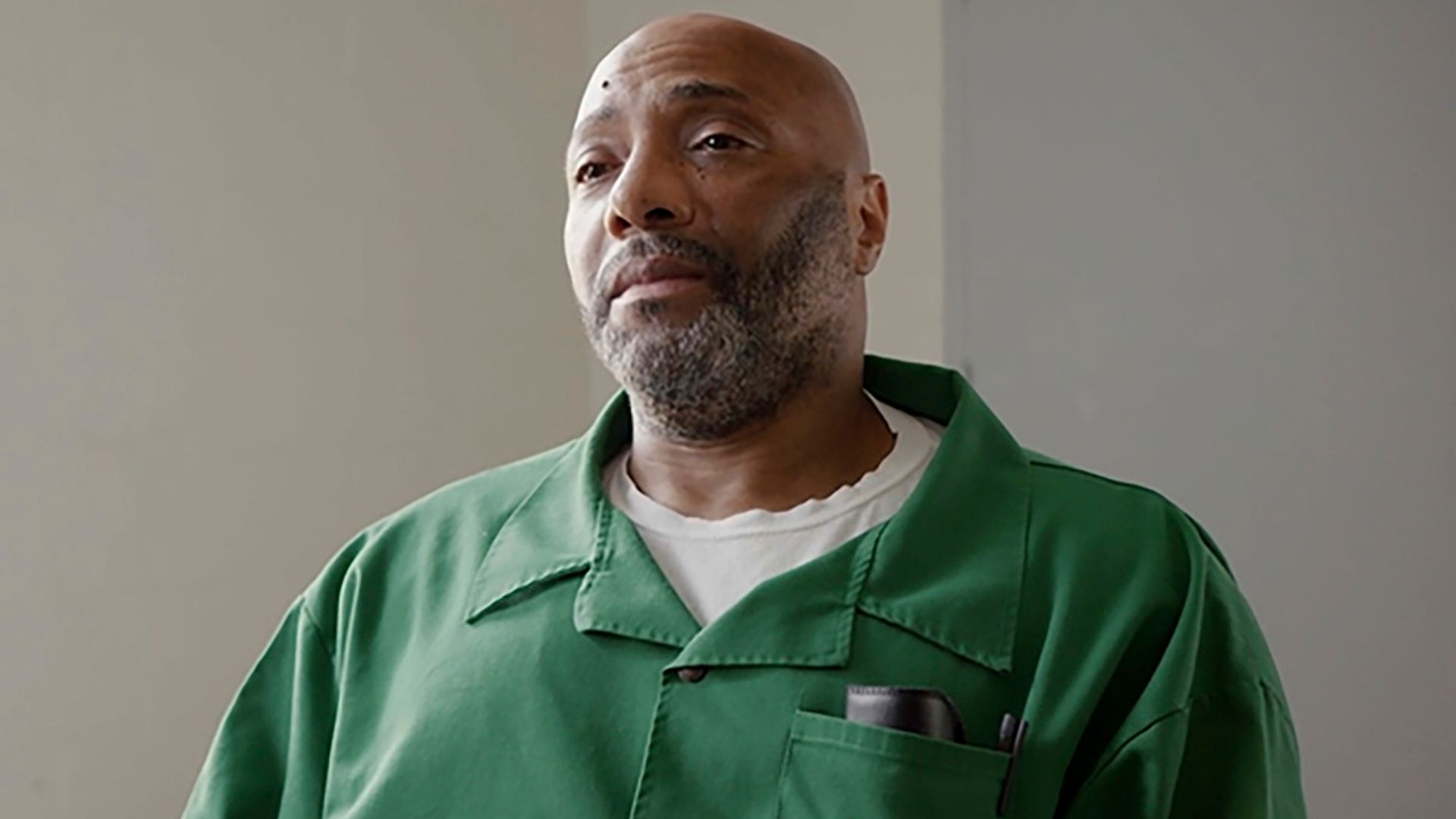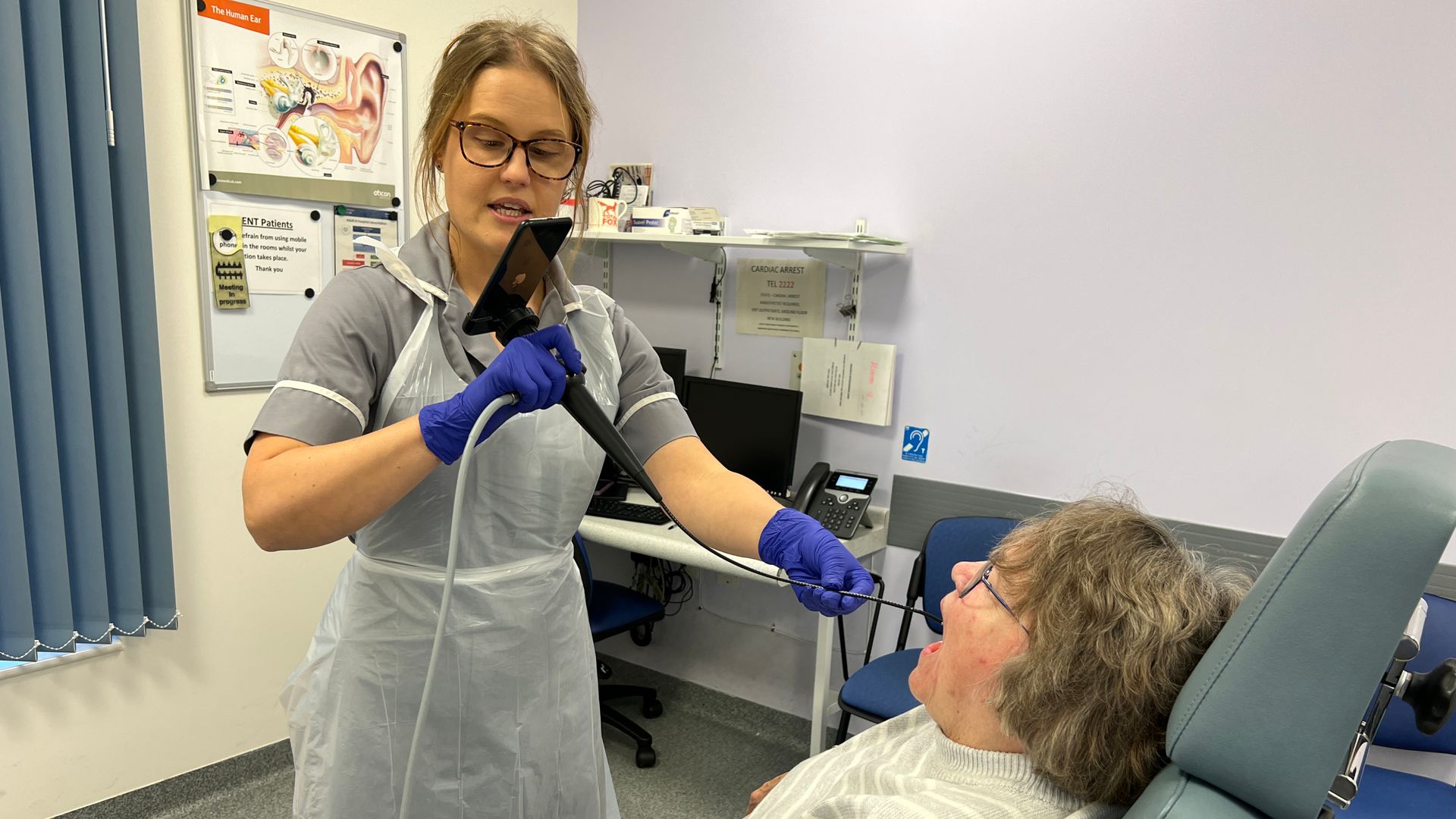
Identifying birds would be a lot easier if they would just stick to one plumage. But no. For some reason, the birds feel they must confuse us. It’s working.
First, let’s celebrate American robins and blue jays. Let’s rejoice over chickadees and nuthatches. God bless cedar waxwings and Canada geese. They all have the good sense to look identical year-round.
Unfortunately, most species have multiple plumages to learn. There are three primary reasons. The first is sexual dimorphism, meaning that males and females look different.
Some are so wildly different, they can be difficult to identify as being the same species. For instance, female scarlet tanagers aren’t scarlet. Not even close.
It’s hard to find consistent rules of thumb. Take water birds, for example. In geese and grebes, the genders are usually identical. Ditto for loons and cormorants.
Yet with the exception of American black ducks, male and female ducks look very different.
It’s likely that female ducks need more camouflage, since they are particularly vulnerable to predators while sitting on an exposed nest. Even the males switch to a drab, less vulnerable plumage after breeding.
Yet female cavity nesters also have drab plumage. Wood ducks and common goldeneyes nest in hidden tree cavities, yet the genders remain dissimilar. Presumably their ancestors nested in the open, and they kept the camouflage even after evolving a cavity-nesting strategy.
If open nesting near water is dangerous, why do adult gulls and terns look alike?
Concealment while sitting on a nest is evidently the reason most female warblers wear drabber colors than their mates. But vireos nest in exactly the same way warblers do, yet the sexes are nearly identical.
It’s questions like these that keep ornithologists and bird columnists up at night.
Woodpeckers are virtually identical, but with subtle differences. Male hairy and downy woodpeckers and male yellow-bellied sapsuckers have red crown patches. Females don’t.
Black-backed and American three-toed woodpeckers have yellow caps. Females don’t. Male red-bellied woodpeckers have red caps. Females don’t. Male pileated woodpeckers have a red stripe on the cheek. Females don’t.
Seriously? Woodpeckers use head features to help themselves differentiate gender? I guess without clues, things would get weird in the locker room.
Age is the second major reason for plumage variation. Even the most brightly colored birds start out life in drab, streaky feathers. Until they learn to recognize and avoid trouble, young birds need more camouflage than their parents.
Most sparrows of all ages and genders are streaky, brown and drab. But about half of all sparrow species have white, unmarked chests, while all immature birds have streaky chests.
Among Maine sparrows, chipping and white-throated sparrows are good examples of streakier youngsters.
Immature cedar waxwings, red and white-winged crossbills, black-crowned and yellow-crowned night-herons are streaky throughout their first summer. Young American robins have spotted chests.
Then things get complicated. Some birds go through multiple plumage variations on their way to adulthood. Bald eagles are famous for this. Most gulls take from two to four years to reach maturity, with a different plumage every year. Why?
It’s likely that the changing patterns send signals to the rest of their clan about the various ages of their fellow birds. In any inadvertent competition — say if multiple eagles are feeding on a roadkill — they can sort themselves out at a glance.
Adult birds may feel entitled to bully near-adult birds, but spare the defenseless first-year youngsters.
Likewise, red-tailed hawks don’t acquire red tails until their second year.
The third, and most obvious, plumage variation is seasonal. Many songbirds adopt duller colors in autumn.
For most, bright colors attract desirable attention from prospective mates in the spring, but undesirable attention from predators in the fall.
Some northern species change plumage to adapt to weather conditions. Transitioning to white feathers in winter helps them blend in with the snow cover, and it’s quite likely that white feathers are warmer.
Melanin is the pigment that creates dark colors. It stiffens feathers, helping to reinforce them. But stiff dark feathers provide less insulation than light, fluffy feathers.
A lot of seabirds turn whiter in winter, even those that aren’t concerned about blending in with the snow.
Horned grebes and long-tailed ducks sport dark plumage during their summer nesting season in the Arctic, but turn white prior to wintering along Maine’s coast. Maine’s black guillemots turn whitish-gray.
Most species mix and match these plumage strategies to suit their individual needs. And we humans all just have to put up with it.










